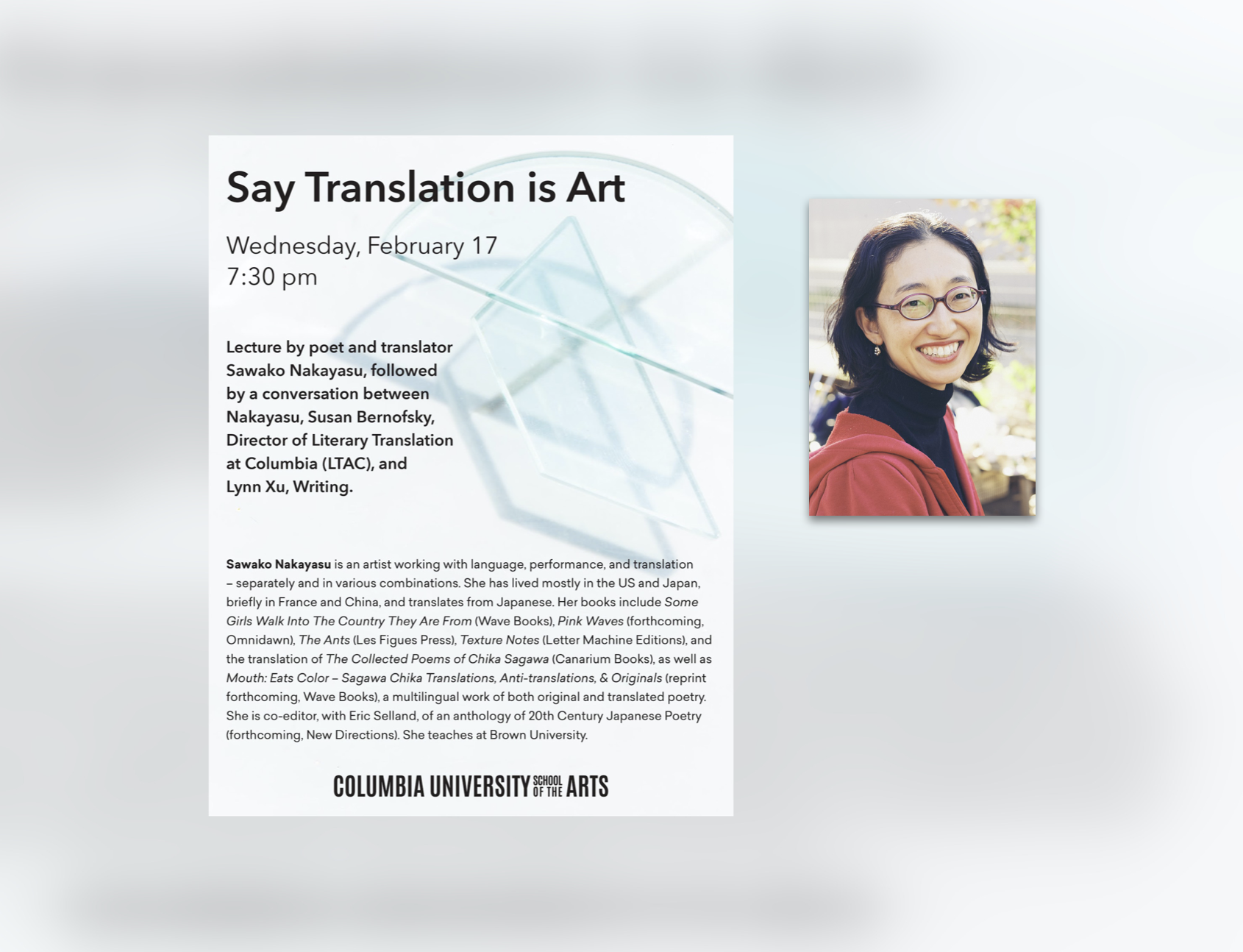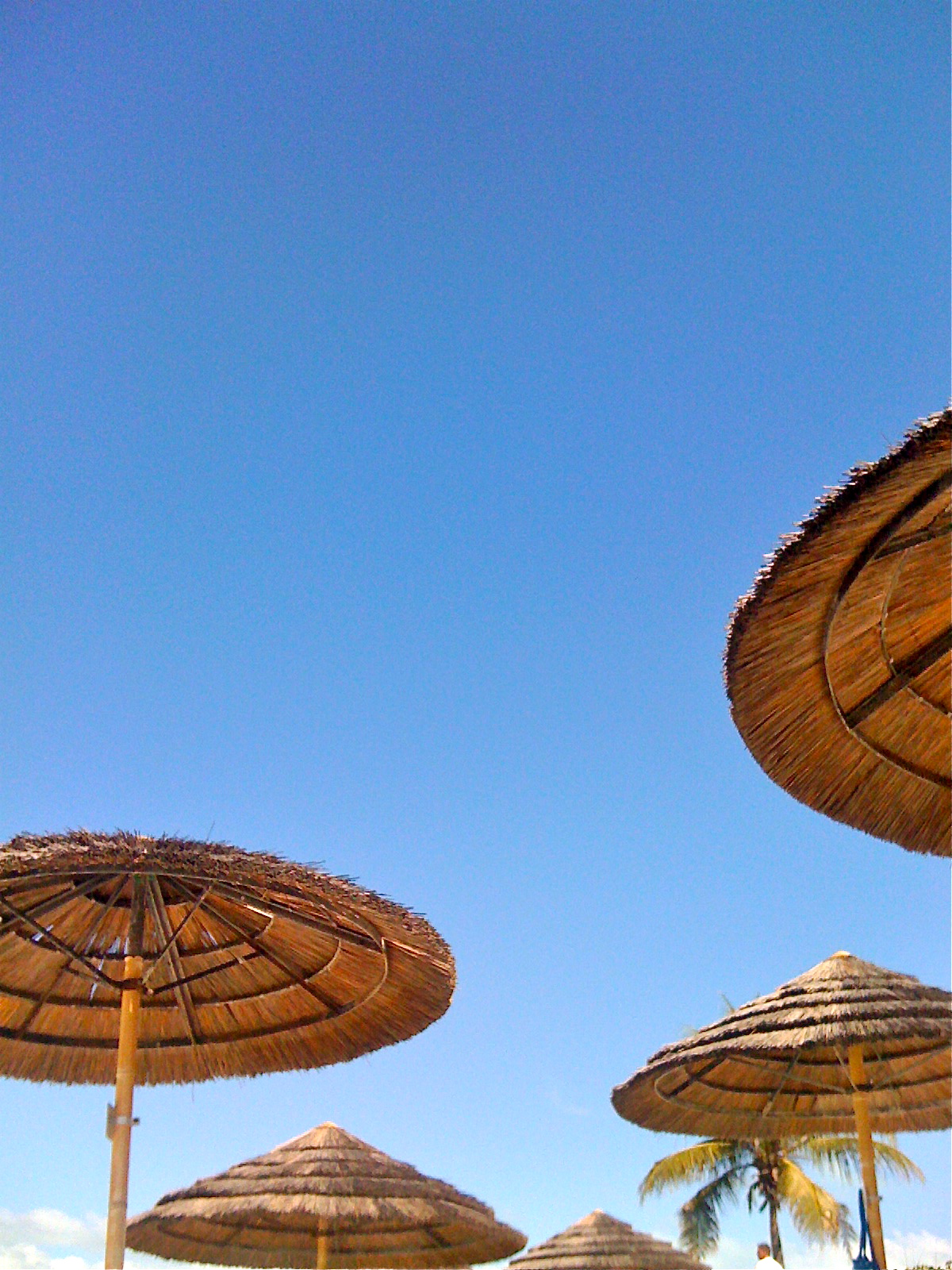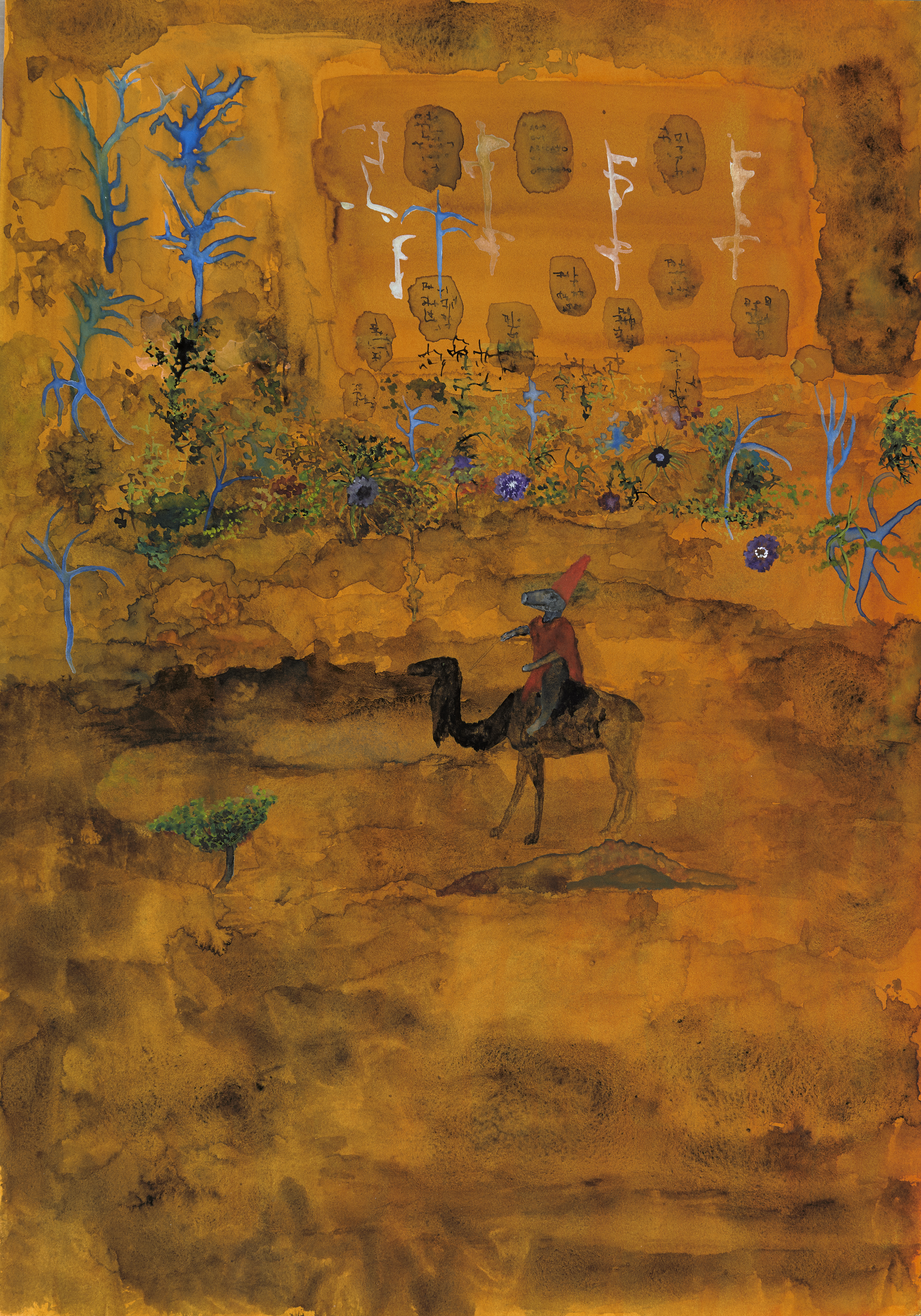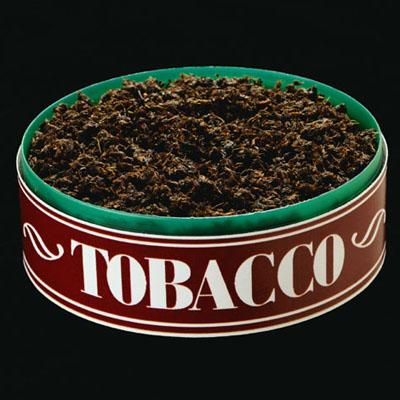Nakayasu Photo @ Mitsuo Okamoto
How can we look at translation as art? How can a translator develop their own relationship and mode of translation based on their aspirations? What can translation simultaneously encompass and transcend?
On Wednesday, February 17, 2021, Columbia University SOA hosted a virtual event led by the poet and translator Sawako Nakayasu as part of a once-a-semester series of conversations between translators. The event was presented by the Literary Translation at Columbia (LTAC) program. Joined by the Writing Program’s Assistant Professor Lynn Xu, and moderated by the LTAC director, Susan Bernofsky, the conversation of “Say Translation is Art” encourages several ways of thinking about these questions.
Sawako Nakayasu, born in Yokohama, Yapan, is a poet and translator who works with language, performance, and translation from Japanese—separately and in various combinations. Nakayasu’s poems slip between genres and between worlds. Nakayasu received a fellowship from the National Endowment for the Arts. She divides her time between the US and Japan.
Susan Bernofsky is an American translator of modernist and contemporary German-language literature. She directs the program Literary Translation at Columbia in the MFA Writing Program at Columbia University. She has written a biography of the great Swiss-German modernist author Robert Walser, Clairvoyant of the Small, forthcoming in May 2021.
Lynn Xu was born in Shanghai. Influenced by surrealism, philosophy, and critical theory, Xu composes poems engaged with structure on an intimate level. She’s the author of Debts & Lessons and a chapbook, June. Xu is an editor at Canarium Books with her husband and adjunct assistant professor Joshua Edwards.
I had the pleasure of introducing Nakayasu and opening the night. I gestured towards the fruitfulness of Nakayasu’s experimentational forms and her collaboration with other artists. Nakayasu expressed that while she hoped to bring translation closer to art instead of craft, she still occasionally participated and benefited from conventional forms. Speaking from her primary role as an artist, Nakayasu also conveyed to the audience what the concept of art-making was to her—it is to be granted the freedom of form and conventions. Within this freedom, it is also crucial to understand one’s true desire, which is a process in and of itself.
Nakayasu read from a pamphlet she recently published called Say Translation Is Art (2020). Say Translation Is Art is not only a part of Ugly Duckling Press’s 2020 Pamphlet Series but also a discourse on translation that advocates for the expansion of literary boundaries as well as the welcoming notion of translation both as movement and as art. As she selected specific lines to read for the event, Nakayasu provided comprehensive insights that have inspired her and informed her works. For example, through borrowing the model of sports and the spirit of “playing” a sport, she spoke against the idea of translation as a pedagogical tool; instead, the process could and should matter more than the product, just like the act of “playing” can triumph the result of winning or losing a sports game. And, after reading from the screen displaying “Say translation of private space. Say public translation,” Nakayasu also talked about reading as an act of translation as well as how a public presentation exhibits one’s values.
Nakayasu read “Say feral translation” and opened up the everlasting discussion on what words have been used to deem a piece of translation as “working” or not. Nakayasu drew on the dichotomy between feral and domesticated animals, discussing how “feral” has a negative connotation to it, while we as humans exist alongside the cruelty we allow to happen. Nakayasu attempted to shift the metaphors people use and talk about for translation, and exchange such hackneyed metaphors with what she called “friction” until multiple intersections of possibilities were created. In a similar vein, she brought up the comparison between a faithful translation and a faithful relationship, asking why translation could not have a novel structure as well, if new structures in relationships are possible. “Say ‘bad’ translation,” another similar line mentioned, reverberated with Don Mee Choi’s awareness of translation as an anti-neocolonial tool in the context of U.S. imperialism, shedding light on how colonialism rooted itself in languages that were meant to produce failure and inferiority. In Translation is a Mode=Translation is an Anti-neocolonial Mode, Don Mee Choi draws attention to such idea by saying that she wishes to “make impossible connections between the Korean and the English, for they are misaligned by neocolonial war, militarism, and neoliberal economy.”
Nakayasu also revealed the driving questions that have shaped her works, which included: “how can I achieve vastness in translation?” “How to free translation, and how can translation free me?” “What kind of translation is the most true to who I am as a creature in the universe?”
Say Translation Is Art is a timely work that does not intend to overlook urgent political and social issues. Nakayuas proves this when reading from the pamphlet—“Say Defund the Police translation, say divesting from racist brutality and investing in social services translation, say priorities preferences customs inclinations values of importance and investment can shift because they need not stay the same in translation.” She shared her thoughts on “how societally a certain amount of money and resources were given to police,” wondering about the concept of “divesting.” She voiced her beliefs, saying that it was “not because translation will save Black people, but rethinking is a practice and training of mind towards transformative social engagement,” that such act was no less than “a rehearsal for the world we want to inhabit.”
Furthermore, Nakayasu underscored the powerful force of translation while introducing a vision that dismantled the notion of “the center.” By removing the “margins” and encouraging everything and everyone to move towards “the center,” the dystopian landscape of the social and literary space could finally have the potential to be reshaped.
The conversation between Nakayasu, Bernofsky, and Xu began aptly by launching into the first encounter between Nakayasu and Xu a few years ago, and the subsequent collaborations that they have had (including that which is present in Some Girls Walk Into The Country They Are From), showcasing the characteristic of translation as a friendship and a kinship. Bernofsky then asked Nakayasu about “a new, fruitful physical space” or activity that “one could translate into,” to which Nakayasu provided multiple alternatives based on her experience composing her book, Texture Notes (2010). There was collage, collaboration with Xu, even collaboration with someone on the same flight with Nakayasu, all of which were instrumental in turning the project into a performance. Xu agreed by stating that the “being with” element, which was the aspect of kinship in the relationship, was the improvisation where “freedom could be entered and be expressed.” Nakayasu, having studied modern dance in her undergraduate, affirmed the idea that a contained period of time could be a freedom, if not a creation of freedom.
A question was raised about “the ‘morality’ of the decision of choosing work to translate.” Drawing from her translating experience, particularly from The Collected Poems of Chika Sagawa and Mouth: Eats Color–Sagawa Chika Translations, Anti-translations, & Originals, Nakayasu emphasized the momentousness of each translator’s decision on who and what to translate. It was the most significant and independent choice the translators could make as opposed to “a stance to represent something about a culture or a language” since “there are different ways of approaching that decision that would speak more to that particular community.” She referenced that when translating Sagawa Chika, a Japanese avant-garde poet who was less celebrated than other Japanese artists, the effort did not seem fruitful to Japanese people, who questioned her for her choice. Yet the choice was ultimately hers, “really an individual decision.”
Another question had to do with the sense of “anguish” in the translation realm, which many translators identified with and which Nakayasu concurred by explaining that it was the reason she published Mouth: Eats Color after she has done the translation of The Collected Poems of Chika Sagawa. The latter, to her, was a manifestation of her desire to bring the original text into the target language, even though her love of Chika Sagawa’s works lied in their multilingualism, which was the essential part that she was not able to incorporate in The Collected Poems of Chika Sagawa. So, she decided to take what was lost in the earlier version, expanded it with delight, and eventually turned it into Mouth: Eats Color.
Nakayasu also addressed the gap between formal language and casual language, and the difficulty in translating this gap. The audience gave an example of おはよ (informal “good morning”) vs. おはよございます (formal “good morning”), to which Nakayasu replied that if the difference cannot be carried over into the target language, the translator can start looking at other means to convey that difference into the target language. In that way, the text would be reconfigured, and yet the context would remain similar.
The role of repetition in Nakayasu’s works was also alluded to by the audience. After proposing repetition as a gesture of love and presence, Nakayasu supplied us with a famous Japanese idiom that was often related to the Japanese tea ceremony, called 一期一会 (“one time, one meeting”). It was a concept that describes each moment as an irreversible experience and urges for the enjoyment of the present time, even though the event of the tea ceremony might seem to repeat itself. Comparing it to translation, Nakayasu smiled and noted that “translation is perhaps the most repetitive thing ever.”
One of the last questions from the audience was about “how a translator might find the courage to translate into a non-native language, commit errors, or even violate the integrity of that language, if that translation will be read.” Nakayasu stated that a translator has to be convinced that what they are doing is important, and they have to be passionate about it and willing to attend to the consequences. An awareness of power dynamics in different languages is also crucial, and a translator has to have “some clarity, internally at least, about [their] position in those languages and cultures.” She brought up her experience once at the Guggenheim Museum, where she was invited to read at an event centering on Chinese artists; she was aware of her presence as a Japanese artist in such context and consequently mocked herself for it.
Xu approached the question from the angle of a translator’s responsibility of representation. She referred again to the notion of process and what one could learn from the encounter of the work instead of the presumption that it was a work to be published. Nakayasu acknowledged that there would be inexorable pressure when the translation was from a minority language since one could not stop others from interpreting the translation differently, yet it was “something we can think through and within dialogue with various involved parties and yourself.”
Bernofsky continued the conversation by expounding on the fact that English was a language no less problematic since it had a complicated legacy—which involved messy colonial and military history—that made it difficult to perceive translation as a wholly independent practice. It called for an embrace of the multiplicity of languages, even though the works translated into English inevitably added to such legacy because they were in English. Nakayasu sympathized with Bernosky’s points made, and she urged translators to “practice in holding these disparate feelings, these stances that are not clean, that do not resolve easily” because these feelings were still significant and thus valued, and “keep going.”
The event ended with Nakayasu discussing her future translation interests and her appreciation of Bernofsky for her advocacy for translation. Xu pointed out one of Nakayasu’s invaluable practices as an artist, that was, being “meticulous” and “rigorous” when it comes to translation, collaboration, and creative artistry as a whole no matter how experimental her form could be. Through this event, Nakayasu, Bernofsky, and Xu all inspired other artists to have agency over translation, to be bold and to be generous in translation and collaboration, and to believe in the multi-faceted potential that translation has to offer as an action and as art.
About the Author
Ye (Odelia) Lu is a translator, occasional poet, and nonfiction MFA candidate at Columbia University. She has lived, studied, and worked mostly in China and the US, briefly in the UK. She translates from Chinese and Japanese. She is also the Print Translation Editor for the Columbia Journal Issue 59.
You can watch the full conversation here




